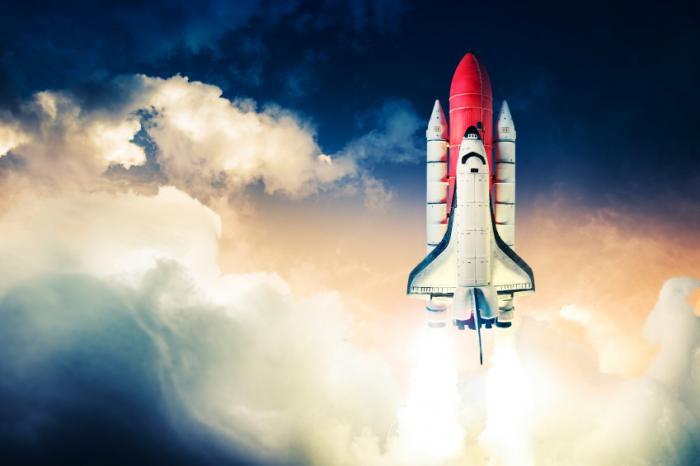
Researchers say they have found a way to turn human waste into a biogas that can power space shuttles.
For short spaceflights, the unloading and burning up of human waste is not too much of a problem.
But it is when it comes to long-term missions, such as NASA's plan to set up an inhabitable unit on the moon for 5 years from 2019.
Of course, the human waste generated during that time cannot be left on the moon, but bringing it back to Earth would significantly increase the weight of the shuttle.
NASA approached University of Florida researchers to come up with a solution.
To kick start the team's research, NASA provided them with packages of human waste that had been chemically produced, alongside packages of food waste, towels, wash cloths, clothing and other waste that would likely be generated by astronauts living on the moon for 5 years.
The researchers set out to see how much methane they could generate from such waste. Space shuttles are usually powered by liquid hydrogen and liquid oxygen, but in recent years, scientists have looked to methane as a source of rocket fuel.
Methane can be used to fuel the rockets. The idea [behind this research] was to see whether we could make enough fuel to launch rockets and not carry all the fuel and its weight from Earth for the return journey.
'Enough methane can be produced to come back from the moon'
The team developed an anaerobic digester process. This process destroys pathogens in human waste before breaking down organic matter and producing a combination of methane and carbon dioxide.
Using this process, the team found they could produce 290 liters of methane for each crew member every day over 1 week. Enough methane can be produced to come back from the moon.
The process could also provide astronauts with a back-up oxygen system. The team says it has potential to produce around 200 gallons of non-drinkable water a year. This water is present in the organic matter of human waste and is released as it decomposes. The water can be divided into hydrogen and oxygen through electrolysis, and the astronauts would be able to inhale the oxygen.
What is more, the newly created technique may also be useful here on Earth. The researchers say the fuel it produces could be used to generate electricity and heating. It could be used on campus or around town, or anywhere, to convert waste into fuel.
References:
1. Design and operation of an anaerobic digester for waste management and fuel generation during long term lunar mission, Pratap C. Pullammanappallil, et al., Advances in Space Research, doi:10.1016/j.asr.2014.06.029, published online October 2014,abstract.
2. University of Florida news release, accessed 28 November 2014.
No comments:
Post a Comment